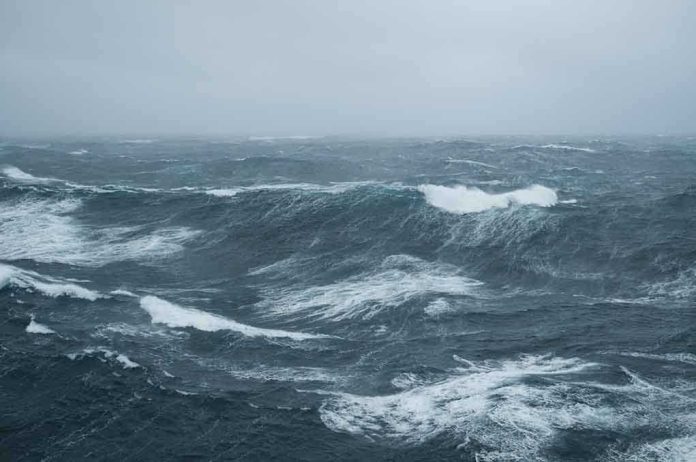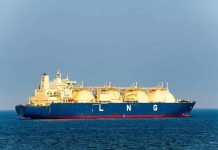
A remote Alaskan landslide unleashed a tsunami with 10–15 foot waves, but this wasn’t your typical tsunami…
Story Highlights
- A massive landslide near South Sawyer Glacier on August 10, 2025, triggered a sudden tsunami in Alaska’s Endicott Arm fjord.
- Waves up to 15 feet struck Harbor Island, impacting campers but miraculously causing no injuries or infrastructure damage.
- No earthquake was detected; the event highlights dangers from glacier retreat and unstable terrain in remote regions.
- Rapid scientific investigation underscores the need for robust hazard monitoring and preparedness as environmental changes accelerate.
Landslide Unleashes Tsunami Amid Shifting Alaskan Terrain
On August 10, 2025, a massive landslide near South Sawyer Glacier in Southeast Alaska sent approximately 100 million cubic meters of rock and debris into the Endicott Arm fjord. This sudden collapse triggered a localized tsunami, launching waves estimated at 10 to 15 feet high toward Harbor Island—a popular but remote camping destination. Despite the early morning hour and the isolated setting, campers and kayakers on Harbor Island faced the full force of the waves but survived, though some lost gear and the landscape was dramatically altered.
Unlike most tsunamis, this disaster was not caused by an earthquake. Scientific agencies including the Alaska Earthquake Center and the National Park Service quickly confirmed that the event resulted from internal slope failure—likely exacerbated by ongoing glacial retreat and unstable valley walls. No seismic activity was recorded before the event, reinforcing concerns that glacier retreat, accelerated by climate-driven changes, is destabilizing the terrain in Alaska’s fjords and increasing the risk of sudden, hard-to-predict disasters.
Scientific Response and Emergency Preparedness
Within hours, the Alaska Earthquake Center and National Park Service began investigating, deploying early warning tools and landslide characterization algorithms to assess the scale and impact of the event. They found that waves at Harbor Island reached 10–15 feet, while run-up heights at Sawyer Island soared to 100 feet—stripping vegetation and transforming the shoreline. Despite the destruction, the area’s remoteness meant no injuries or infrastructure damage occurred, underscoring the inherent advantage of low population density but also highlighting the vulnerability of anyone present in these wild spaces.
Eyewitness accounts from campers like Nick Heilgeist, Sasha Calvey, and Billy White were crucial in confirming the event’s scope and timing. Their survival was a near-miracle, given the force of the waves and the isolated setting. Authorities completed assessments and confirmed that, for now, there is no ongoing threat to populated regions. However, the scientific community has warned that as more glaciers retreat, similar landslide-triggered tsunamis could occur closer to inhabited areas, amplifying risks for Alaskan towns and visitors alike.
Broader Implications: Unpredictable Hazards and Policy Questions
The incident has reignited debate about preparedness for natural disasters in the face of rapid environmental change. Experts agree that landslide-generated tsunamis are inherently unpredictable, especially as glacial melting and permafrost thaw, weakening the very bedrock of Alaska’s iconic fjords. The 2025 event was the largest landslide-triggered tsunami in Alaska since 2015, and it highlights the urgent need for investment in early warning systems, hazard mapping, and education for those who live in or visit these regions.
Survival Stories and Lessons for Conservative America
This incident stands as both a warning and a testament to preparedness and personal responsibility. The campers who survived did so thanks to quick thinking, experience, and a respect for nature’s unpredictability—qualities that echo the core conservative belief in self-reliance and vigilance. As government agencies and scientists continue to study the event, Alaskans and Americans alike are reminded that robust preparedness and common-sense policy are key to safeguarding lives and property from both natural and manmade threats.
Sources:
Massive landslide sparks tsunami in Alaska
Major Landslide in Southeast Alaska Fjord
Alaska Earthquake Center Event Details
Massive landslide in Alaska triggers damaging tsunami
100-feet high tsunami hits Alaska fjord after glacier collapse












